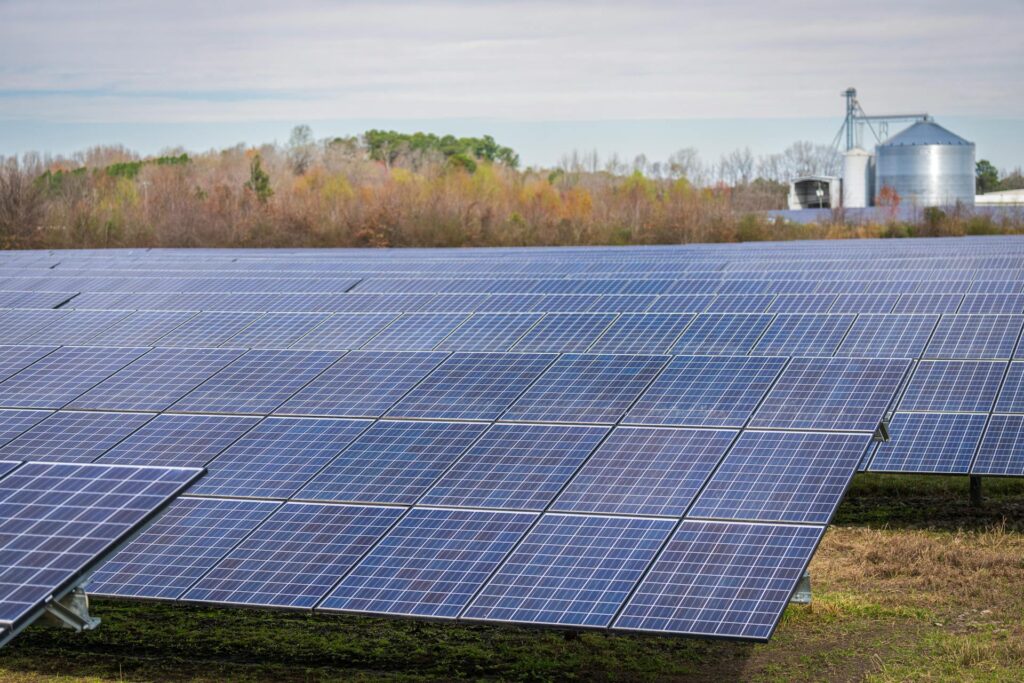The increasing demand for both food and clean energy necessitates innovative land-use strategies. Agrivoltaics, also known as solar sharing, presents a promising solution by integrating solar photovoltaic panels with agricultural land. This approach allows for the simultaneous production of both electricity and crops on the same land area.
Agrivoltaic systems typically involve elevating solar panels above crops, allowing sufficient sunlight to reach the plants while also providing shade. The shade can offer several benefits to the crops, such as reduced water evaporation, protection from excessive heat and direct sunlight, and potentially improved yields for certain crops.
The benefits of agrivoltaics extend beyond crop production. The solar panels generate clean electricity, contributing to renewable energy targets and reducing reliance on fossil fuels. Farmers can benefit from an additional revenue stream from the electricity generated, improving their economic resilience.
Furthermore, the presence of vegetation beneath the solar panels can help to regulate the temperature of the panels, potentially improving their efficiency. The reduced need for separate land for energy generation and agriculture can also help to conserve valuable land resources and minimize land-use conflicts.
The design and implementation of agrivoltaic systems need careful consideration, taking into account factors such as the type of crops grown, the height and spacing of the solar panels, and the local climate conditions. Research is ongoing to optimize these systems for different agricultural environments and crop types.
Several pilot projects and commercial installations of agrivoltaics have demonstrated the viability and potential of this approach. From small-scale farms to larger agricultural operations, agrivoltaics offers a way to synergistically combine food and energy production.
As the world faces the dual challenges of food security and climate change, agrivoltaics presents a smart and sustainable land-use solution. By fostering a harmonious relationship between agriculture and solar energy, we can work towards a more resilient and sustainable future for both food and energy systems.
